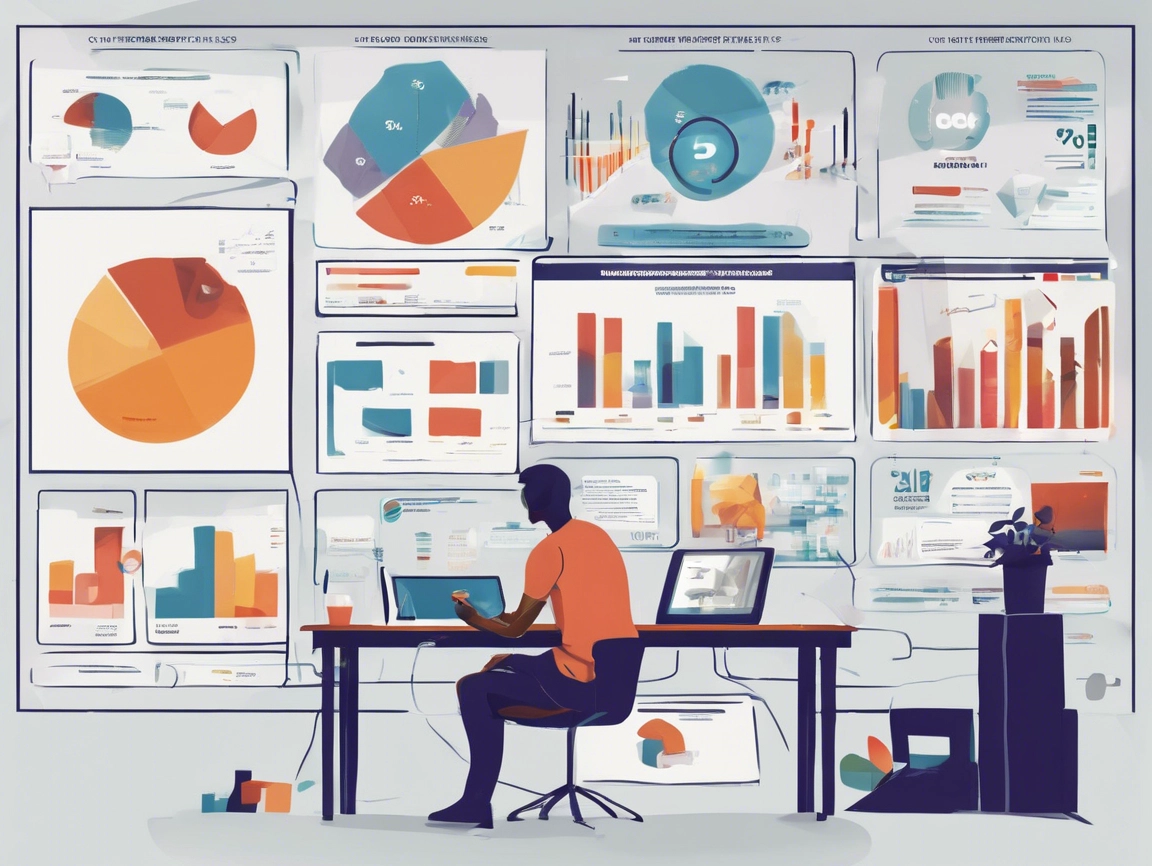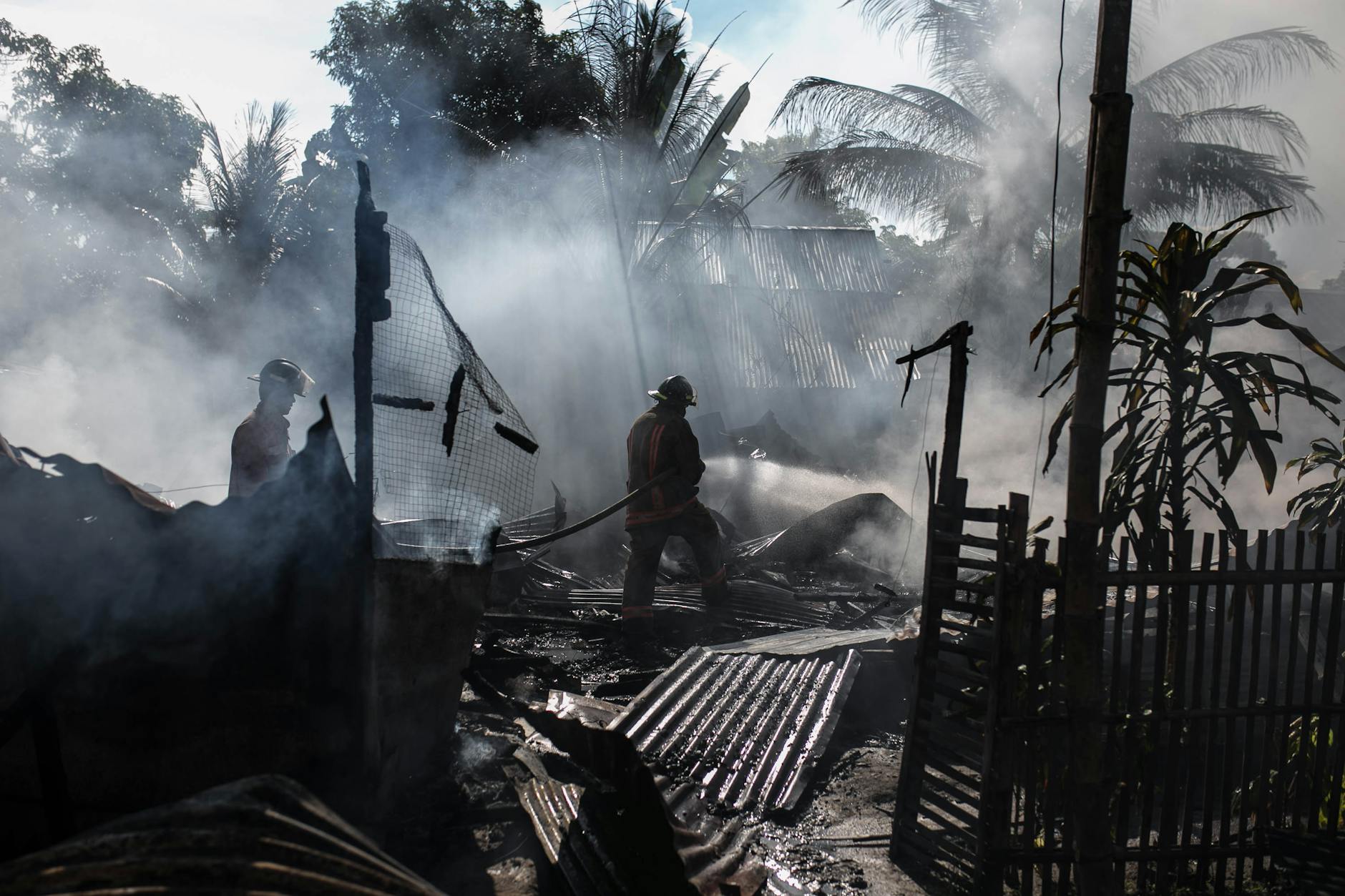By Cap Puckhaber, Reno, Nevada
I’m Cap Puckhaber, a marketing professional, amateur investor, part-time blogger and outdoor enthusiast. Today we break down the financial impact of the California wildfires.
The Southern California wildfires have caused devastating damage to communities, homes, and infrastructure, creating an enormous financial and economic burden. As of 2025, wildfires have ravaged more than 100,000 acres in the region, with millions of dollars in property damage, loss of crops, and disruption to local economies. The impact of California wildfires extends far beyond the flames, affecting the insurance market, businesses, and residents’ ability to recover.
The wildfires are just one example of the growing number of natural disasters that are becoming more frequent and severe due to climate change. Hurricanes, floods, and the California wildfires are hitting various parts of the country with alarming regularity, placing a strain on communities and their financial well-being. This shift has also affected the insurance industry, as providers struggle to adapt to the increasing risks associated with these disasters. For many Americans, obtaining adequate insurance coverage has become increasingly difficult and costly.
The Financial Toll of Wildfires
The economic impact of the Southern California wildfires is staggering. As of early 2025, estimates suggest the financial losses from these wildfires could exceed $1 billion, taking into account the cost of firefighting efforts, property damage, and business disruptions. In addition to the direct damage to homes and businesses, wildfires also devastate agriculture, with thousands of acres of crops destroyed and livestock displaced. The ripple effect on local economies is far-reaching, as businesses close, tourism declines, and workers are displaced.
In addition to the immediate financial strain on affected communities, rebuilding efforts will take years. Recovery from California wildfires will be challenging because insurance payouts, if available, will only cover part of the costs. Many homeowners and business owners face out-of-pocket expenses for repairs and rebuilding, further complicating the recovery process. The long-term economic effects of the fires, combined with the psychological toll of loss, make recovery a slow and difficult journey for many.
The Growing Insurance Crisis
One of the most concerning consequences of an increasing number of natural disasters is the tightening of the insurance market. Many areas affected by California wildfires, hurricanes, or flooding are seeing sharp increases in premiums, while some homeowners and businesses can no longer secure coverage at all. Insurers are reevaluating their exposure to climate-related risks and adjusting their policies accordingly, which means that for many people living in disaster-prone areas, insurance is becoming either too expensive or impossible to obtain.
In California, particularly in areas like the San Bernardino and Riverside counties, insurance companies have begun to pull out of high-risk areas altogether. Some have drastically increased their premiums, while others have simply stopped offering coverage to properties located in or near wildfire zones. This has left residents scrambling to find affordable options, with some resorting to state-run insurance programs that provide limited coverage at high costs.
This shift in the insurance market is due to the growing frequency and severity of natural disasters. Insurers are facing significant losses due to claims payouts, which is driving up premiums across the board. While this is a rational response to increasing risk, it’s also creating a financial burden for homeowners and businesses that are already struggling to recover from these catastrophic events.
The Larger Impact of Natural Disasters on the Economy
The rising frequency of natural disasters is not just an issue for the insurance market; it has broader economic consequences. Increased insurance premiums are forcing many Americans to choose between paying for coverage or saving for other priorities, such as healthcare, education, and retirement. Small businesses are particularly hard-hit, as many cannot afford the high premiums or are unable to find coverage at all. This forces them to take on greater financial risk or shut down entirely.
Additionally, the rising costs of rebuilding after disasters like wildfires and floods are contributing to inflation, as construction materials and labor become more expensive. Supply chain disruptions, combined with increased demand for rebuilding materials, have further inflated costs for homeowners and businesses. These factors have the potential to slow down the national economy, especially in regions heavily impacted by repeated natural disasters.
A Need for Comprehensive Solutions
As the frequency and intensity of natural disasters continue to rise, the need for comprehensive solutions to address both the economic impact and the insurance crisis becomes more urgent. Policymakers and the insurance industry must work together to create programs that balance the financial risk of natural disasters with the need to ensure that Americans can access affordable coverage. Additionally, there is a need for greater investment in disaster preparedness and climate resilience to mitigate future damages.
The Southern California wildfires are a stark reminder of the mounting challenges we face in the era of climate change. While the road to recovery will be long, it’s critical for both communities and insurers to adapt to the changing environment in order to safeguard the future of Americans living in disaster-prone regions.
This post is brought to you by Simple Finance Blog, hosted by Cap Puckhaber of Black Diamond Marketing Solutions. Join us as we break down complex financial topics in simple terms to help you make informed decisions.
If you haven’t seen it yet check out my blog on What Is Compound Interest by Cap Puckhaber
New to Simple Finance Blog is my take on The Ramsey Retirement Calculator by Cap Puckhaber
Check out my latest blog on Trump’s Stock Market Pullback by Cap Puckhaber
Investing Blog for Beginners
Hosted by Cap Puckhaber of Black Diamond Marketing Solutions, this investing blog offers daily articles on investing, savings, bonds, interest rates, mortgages, and more.



About the Founder / Author
Cap Puckhaber is a seasoned marketing strategist and finance writer, based in Reno, Nevada with over 20 years of experience investing, marketing and helping small businesses grow.
He offers expert advice on how to save for retirement, how to use a retirement calculator and the difference between T-Bills and CDs.
He shares actionable insights on how to promote your business locally for free and on trending platforms like X.
He shares his personal investment journey, how to use trade volume to predict breakouts, and his take on covered call strategies.

Follow Cap Puckhaber Online
Connect with Cap Puckhaber on Facebook
See Real-Time Thoughts on X
Read In-Depth Articles on Medium
Subscribe to Cap Puckhaber’s Substack Newsletter
Follow Cap Puckhaber’s Company Page on LinkedIn
View Our Agency Profile on DesignRush
See Cap Puckhaber’s Agency on Agency Spotter
Explore Technical Projects on GitHub
See Cap Puckhaber’s Creative Portfolio on Behance
Learn more about my company on Crunchbase
Join Cap Puckhaber’s Conversation on BlueSky
Follow My Updates on Mastodon

Backpacker, Marketer, Investor, Blogger, Husband, Dog-Dad, Golfer, Snowboarder
Cap Puckhaber is a marketing strategist, finance writer, and outdoor enthusiast from Reno, Nevada. He writes across CapPuckhaber.com, TheHikingAdventures.com, SimpleFinanceBlog.com, and BlackDiamondMarketingSolutions.com.
Follow him for honest, real-world advice backed by 20+ years of experience.


